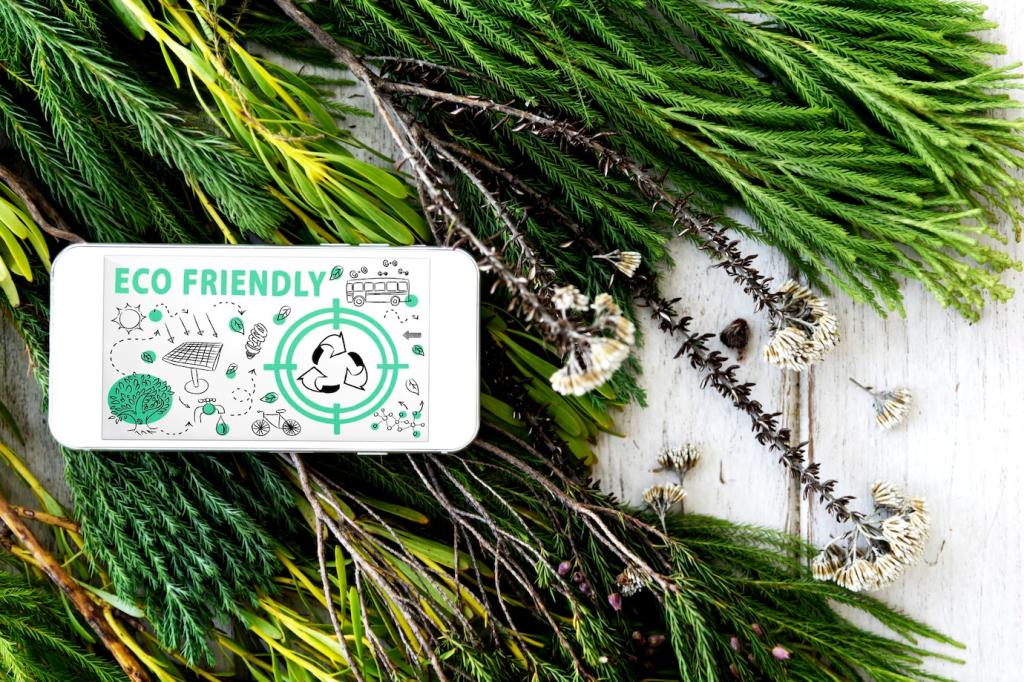The Role of Technology in Sustainable Interior Design
Smart Home Technologies for Energy Efficiency
Intelligent lighting systems rely on automation and sensors to optimize illumination within interior spaces. They adjust lighting based on occupancy, natural light availability, and time of day, significantly reducing excessive electricity usage. Dimmers, timers, and motion sensors can be programmed to tailor lighting environments that enhance ambiance while using the minimal energy required. This strategic use of technology ensures that energy is not wasted, contributing directly to sustainability efforts and reducing overall demand on the electrical grid. The integration of LED technology further accelerates energy savings, making intelligent lighting indispensable in the conversation of eco-friendly design.
Sustainable Materials and Technology Integration
Technology has revolutionized the way interior designers source their materials, making it easier to find products that are environmentally responsible. Digital platforms curate databases of certified sustainable materials, offering detailed information about a product’s origin, ecological impact, and certifications. These resources enable designers to make informed choices, quickly compare options, and ensure traceability throughout the supply chain. As a result, materials that minimize waste, utilize renewable resources, or employ recycled content are increasingly favored, pushing the industry toward more conscientious sourcing that aligns with sustainable values.


Building Information Modeling (BIM)
Building Information Modeling (BIM) is a sophisticated digital tool that enables designers to create detailed virtual models of interior spaces. These models incorporate structural, mechanical, and energy data, allowing for seamless integration of sustainable design considerations from the ground up. With BIM, designers can analyze energy performance, daylight penetration, and material usage in real time, optimizing choices for maximum sustainability. The result is a collaborative, data-rich environment where potential problems can be identified and solved early, increasing efficiency and minimizing ecological impact.

Virtual Reality Visualization
Virtual reality (VR) technology offers an immersive way to experience interior spaces before they are physically built or remodeled. Designers and clients can explore every aspect of a space, visualizing how sustainable features—such as natural light, green walls, or recycled materials—will look and function. This realistic preview reduces the risk of costly changes during or after construction, preventing material waste and energy expenditure. VR also enhances client communication, ensuring that sustainability goals are understood and shared by all stakeholders before any resources are committed.
